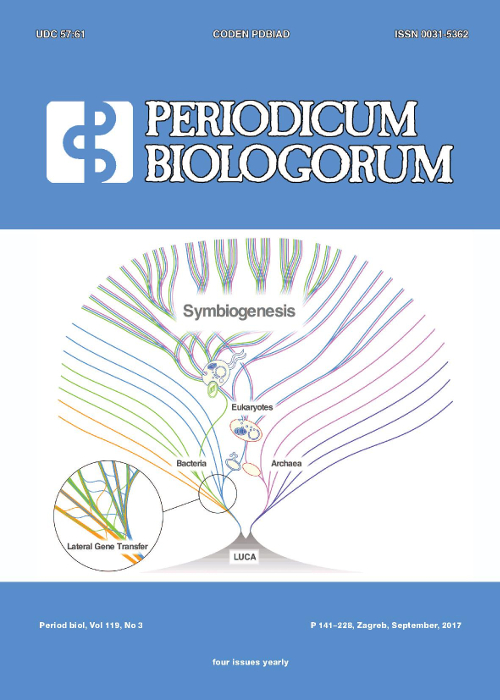Alien species in different habitat types of Slovenia: analysis of vegetation database
DOI:
https://doi.org/10.18054/pb.v119i3.5183Abstract
Background and purpose: Invasion by alien plant species is considered as one of major threats to biodiversity. Actual invasion of different habitats in particular country is important for understanding processes that are important in invasion ecology as well as for the nature conservation.
Materials and methods: Vegetation relevés stored in a database Vegetation of Slovenia were translated into 30 EUNIS habitat types which enables comparison with similar studies in other European countries. Out of the 18 606 plots stored in the database stratified resampling yielded 6 517 relevés. For each vegetation plot we calculated mean relative species richness per plot and total cover of archeophytes, neophytes and native species.
Results: Most invaded habitat type with the highest species percentages of alien species (archaeophytes and neophytes) is arable land (I1). In addition, archaeophytes occur in higher percentages in trampled areas, anthropogenic herb stands, mesic grasslands, and moist tall-herb stands. Neophytes are on the other hand highly represented in arable land, trampled areas, but also riverine scrubs and wet and moist tall-herb stands.
Conclusions: Pattern across different regions in Europe is very similar with anthropogenous habitats being the most invaded by alien species.
Downloads
Published
Issue
Section
License
The contents of PERIODICUM BIOLOGORUM may be reproduced without permission provided that credit is given to the journal. It is the author’s responsibility to obtain permission to reproduce illustrations, tables, etc. from other publications.


